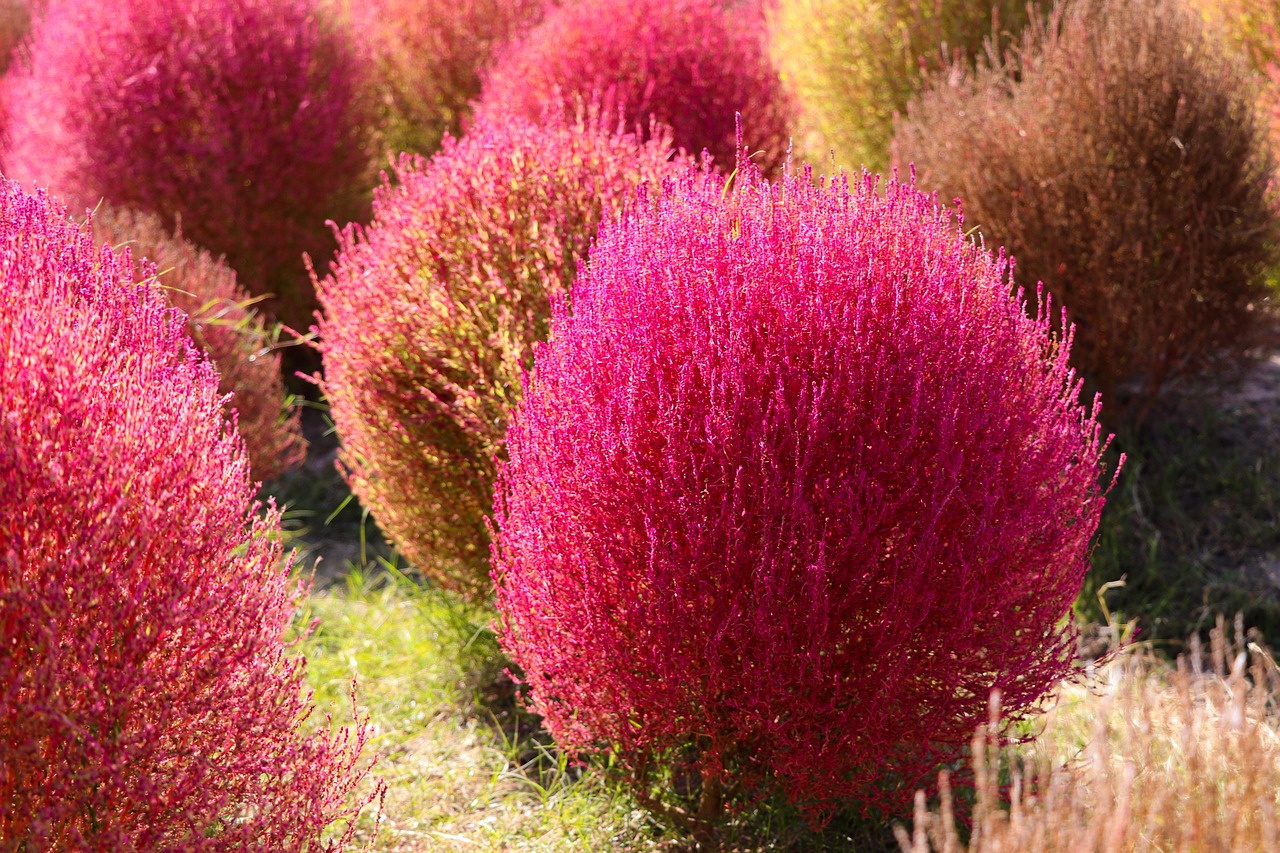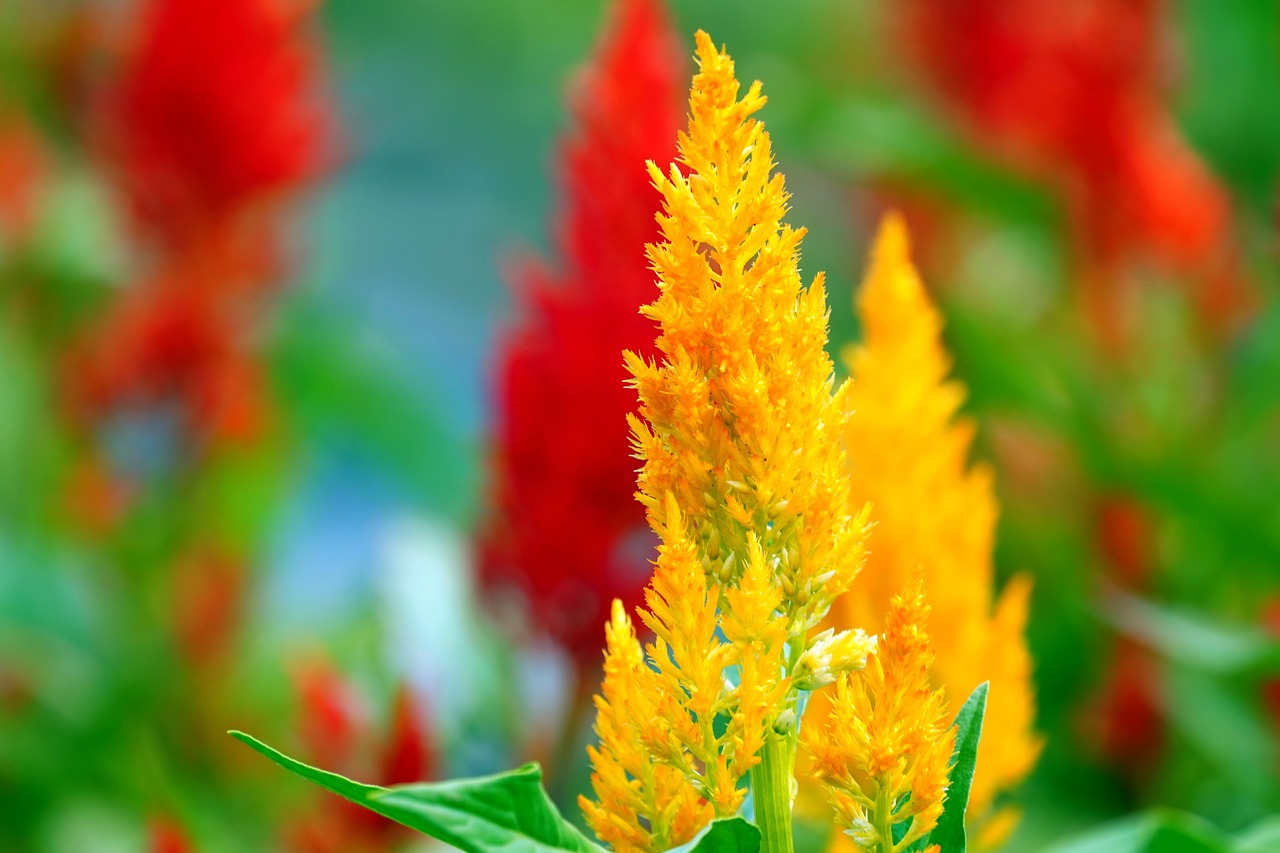Globe Amaranth | A Timeless Flower That Never Fades
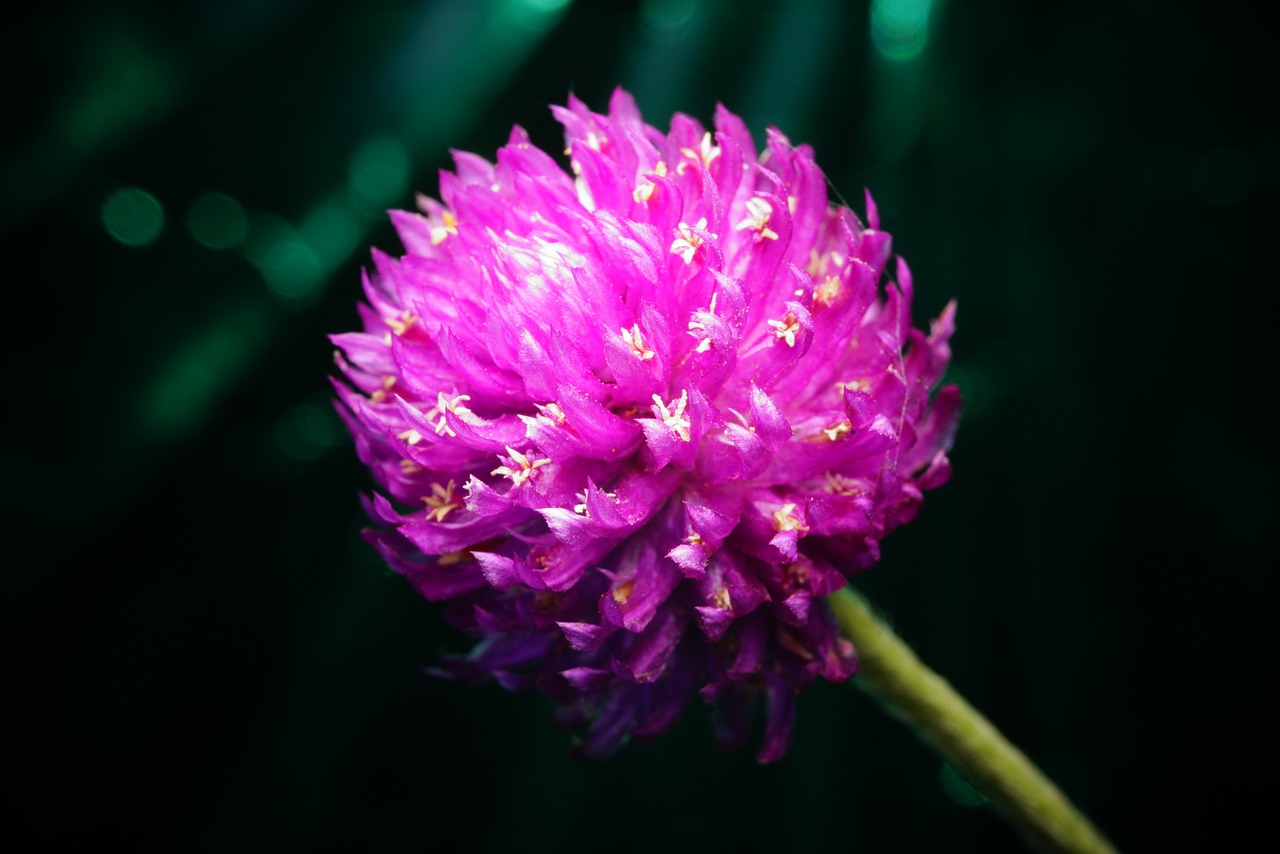
I introduce the globe amaranth (Gomphrena globosa), a flower known for its round shape and vivid colors, which retain their beauty for an exceptionally long time. This durability has given it the Japanese name Sennichikō (literally “a thousand days of red”).
It is also popular as a cut flower and dried flower, and is easy to grow even for beginner gardeners.
In this article, I will explain in detail the basic information, cultural background, and cultivation tips of the globe amaranth.
Basic Information
- Scientific name: Gomphrena globosa
- Family: Amaranthaceae
- Origin: Central and South America
- Appearance: The flowers are small, clustered into round, globe-like heads in shades of red, pink, purple, and white. Their vivid colors last for a long time. The plant grows to about 20–50 cm in height, suitable for both flower beds and pots.
- Blooming season: Summer to autumn (July to October).
Cultural Significance Worldwide
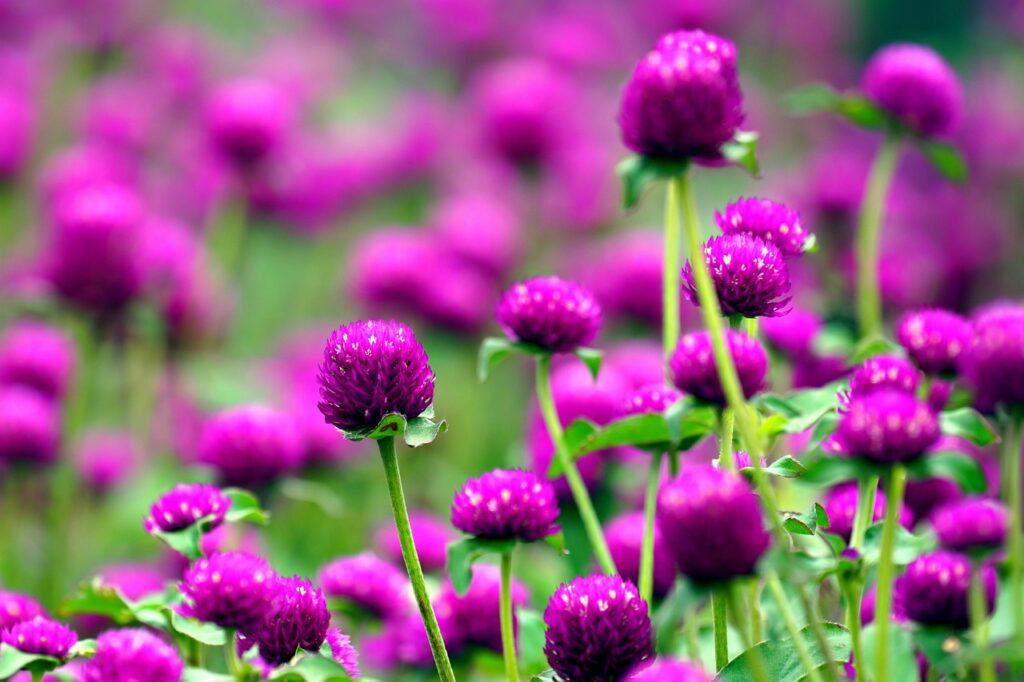
Globe amaranth is considered a symbol of “unchanging love” and “eternity” in many cultures due to its resilience and vibrant colors. Even when dried, it rarely loses its color, making it widely used for interior decoration and art.
In Asia, it is used for ornamental purposes, flower arrangements, and Buddhist rituals. In India and China, it symbolizes longevity and happiness, often featured in festivals and celebratory decorations.
Historical Background
Since ancient times, the lasting beauty of globe amaranth has been cherished, spreading across East Asia and Europe as a beloved ornamental plant.
In Japan, it became popular during the Edo period, planted in temples and gardens, and regarded as a seasonal flower heralding autumn. It was also valued as a medicinal herb, symbolizing prayers for health among common people.
In Europe, the plant gained popularity with the spread of Western gardens. In England, known as “globe amaranth,” it was incorporated into gardens and flower arrangements. During the Victorian era, its ability to retain color when dried made it a prized material for decoration and gifts.
This enduring quality of color has led the globe amaranth to be loved as a flower symbolizing “eternal love” and “unchanging devotion,” a reputation that continues today in both Europe and Asia.
Gardening Advice
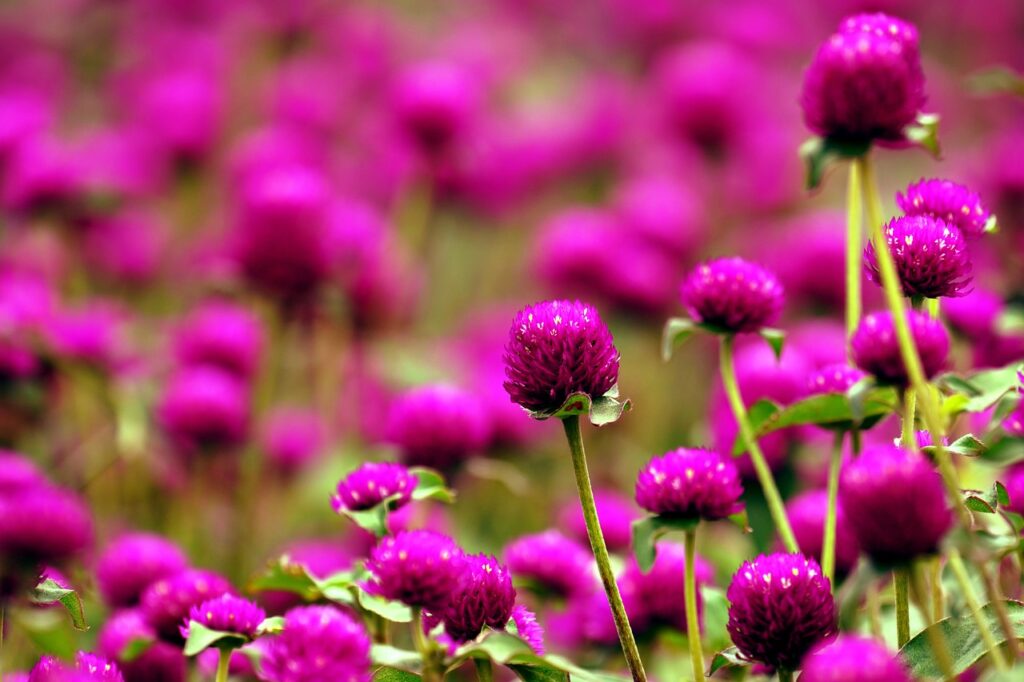
Globe amaranth thrives in sunny locations and tolerates strong direct sunlight. It prefers well-drained soil and is relatively drought-tolerant. Water generously when the soil becomes dry, avoiding excessive moisture.
Fertilizer is needed only a few times during the growing season, but phosphorus-rich fertilizer will encourage better blooming. Its compact growth makes it suitable for pots and hanging baskets. Pruning and trimming will help the plant maintain shape and produce more flowers.
At the end of the season, remove withered parts to keep the plant healthy for the following year. However, because globe amaranth is not frost-tolerant, it is usually grown as an annual in colder regions.
Conclusion
The globe amaranth is a resilient, long-blooming flower, perfect for dried arrangements and garden decoration. With simple care in a sunny environment, it will brighten up your garden or balcony with lasting beauty.
I encourage you to try growing globe amaranth and enjoy its vivid colors.

